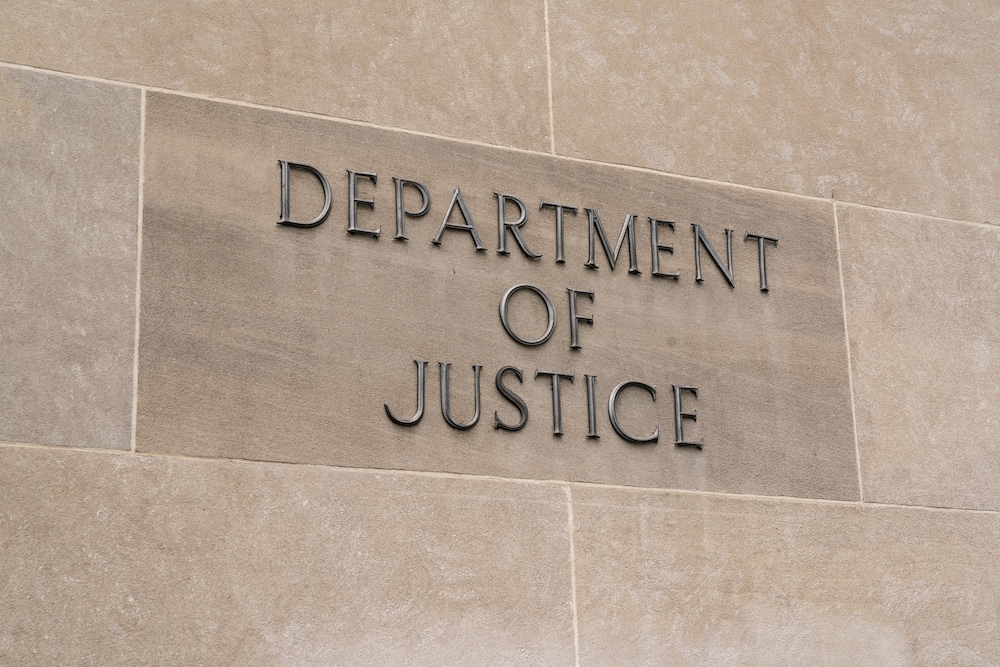The Problem with DOJ’s Rule Proposal on Grand Jury Materials

Recently, the Department of Justice (DOJ) sent a letter to the Advisory Committee on Federal Rules that, among other things, made clear that it is supporting a Trump administration recommendation that courts be barred from disclosing historically relevant grand jury materials for at least 50 years following any grand jury proceedings. This proposal, if adopted, would mean that the public would have to wait decades to see grand jury materials in every case, no matter how significant the public interest in disclosure and even if no one would be harmed by disclosure. Significantly, although grand jury secrecy has always been the default, it has never been an absolute rule. And the Advisory Committee should reject the Justice Department’s effort to make it a virtually absolute rule now.
The grand jury was created centuries ago in England and was enshrined in the United States Constitution. Even before the grand jury was incorporated in the Constitution, there was a long tradition of keeping grand jury proceedings secret. The promise of secrecy was thought to prevent those under investigation from fleeing, encourage witnesses to speak openly, and protect defendants’ reputations should no indictments be brought. Nonetheless, the presumption in favor of secrecy has never been absolute. In fact, courts have long disclosed grand jury materials, especially when disclosure was necessary to protect against the introduction of improper evidence or if indictments had already been made and there was a public interest in the materials from the proceedings.
For example, in an 1806 case decided only a few years after the Bill of Rights was ratified, a New York district court held that a defendant could challenge an indictment on the theory that illegal evidence was introduced to a grand jury. The court explained that although the grand jury itself is bound to “keep[] its deliberations secret,” the court is entitled to determine whether it has acted “according to the rules of law.” Other courts disclosed grand jury materials after determining that the interests of justice outweighed the interest of ongoing secrecy. For example, one district court disclosed materials from a Prohibition-era investigation, explaining that “[t]he fact that the grand jury has adjourned and been discharged has often been considered as one reason for abandoning secrecy as to its deliberations.” And in a 1933 case, the Ninth Circuit affirmed a district court’s decision to allow a U.S. attorney to read into evidence his shorthand notes from grand jury proceedings because “[w]here the ends of justice can be furthered thereby and when the reasons for secrecy no longer exist, the policy of the law requires that the veil of secrecy be raised.” In sum, district courts have long enjoyed the authority to determine whether to disclose grand jury materials.
Against that backdrop, Congress adopted Rule 6(e), which governs “Recording and Disclosing [Grand Jury] Proceedings,” as part of the Federal Rules of Criminal Procedure in 1944. Rule 6(e) codified the default rule of grand jury secrecy, identifying seven “persons” who “must not disclose a matter occurring before the grand jury,” except in certain specified circumstances. The Rule also identified certain “exceptions” to its default rule of grand jury secrecy.
Significantly, nothing in the text of Rule 6(e) indicates that it was meant to override the centuries of judicial tradition allowing district court judges to exercise discretion to disclose grand jury materials in appropriate circumstances. Indeed, while the rule specifically identifies seven “persons” who must not disclose grand jury matters, that list does not include district court judges. And the notes of the Advisory Committee confirm this understanding of the Rule’s plain text. When the rule was adopted, the Advisory Committee wrote that it would “continue[] the traditional practice of secrecy on the part of members of the grand jury, except when the court permits a disclosure.”
To be sure, some courts have more recently held that district courts do not enjoy the inherent authority to disclose grand jury materials, and that Rule 6(e) only permits those exceptions explicitly delineated in the rule. DOJ used these court decisions as part of its justification for its proposal, claiming that its proposal would lead to more openness because some courts “have ruled that judges cannot release historically important grand jury material because there is no explicit authorization for such release in the rules.” But the way to achieve more openness would be to amend the rules to explicitly authorize district courts to disclose grand jury materials when they determine disclosure is in the public interest—not to prohibit the disclosure of “historically significant” materials for fifty years.
If DOJ’s proposal were to be adopted, the effects on public knowledge and public debate could be significant. In two 2019 cases, for example, researchers sought information about the last mass lynching in U.S. history and about the assassination of a U.S.-based university lecturer by henchmen of then-dictator of the Dominican Republic Rafael Trujillo. Both proceedings almost certainly involve important historical material, and there is no good reason to keep that material hidden for more than fifty years. Notably, under DOJ’s proposal, information from the Watergate grand jury would still be under lock and key today.
In short, the Advisory Committee should reject DOJ’s proposal. Courts have long had the power to disclose grand jury materials, and they have exercised that power selectively and judiciously. There is no reason to amend the rules to explicitly prohibit courts from exercising that power for fifty years in every case, no matter how significant the public interest in disclosure.
